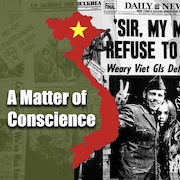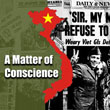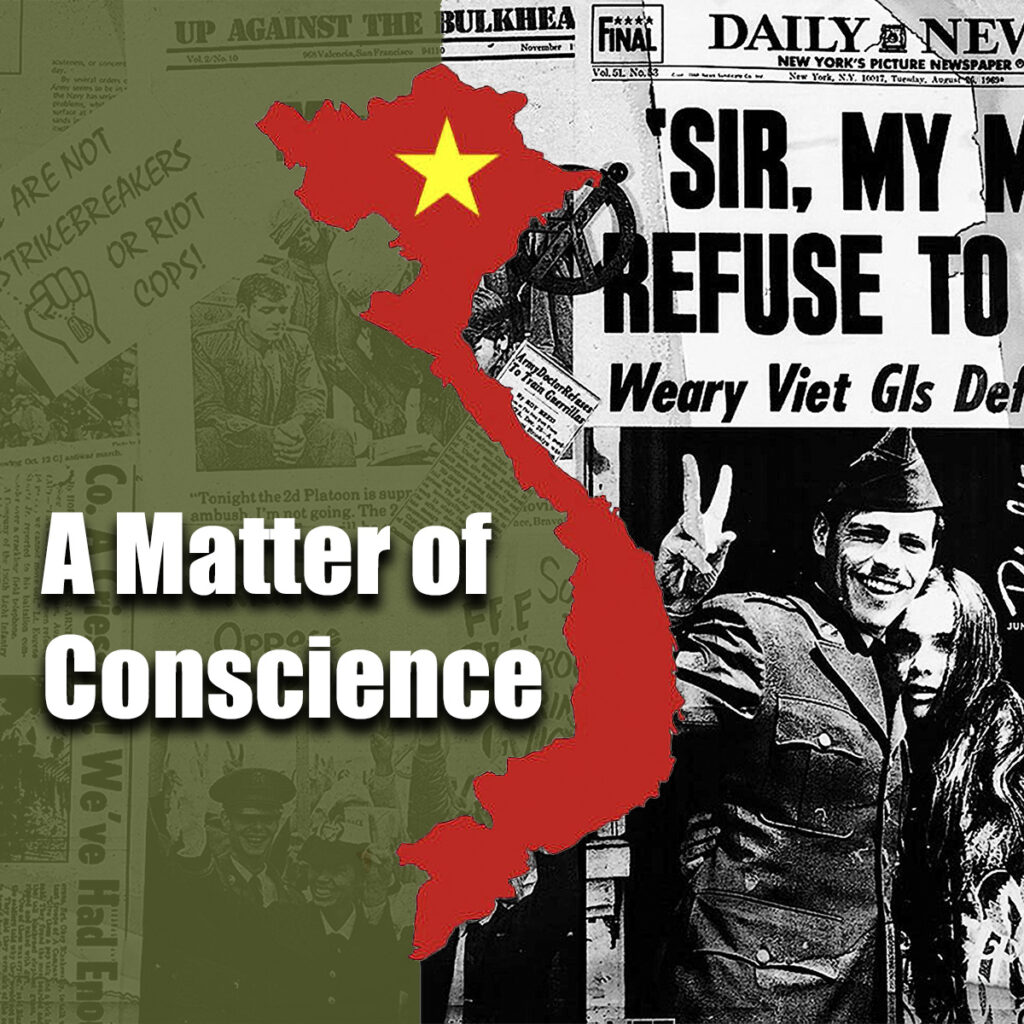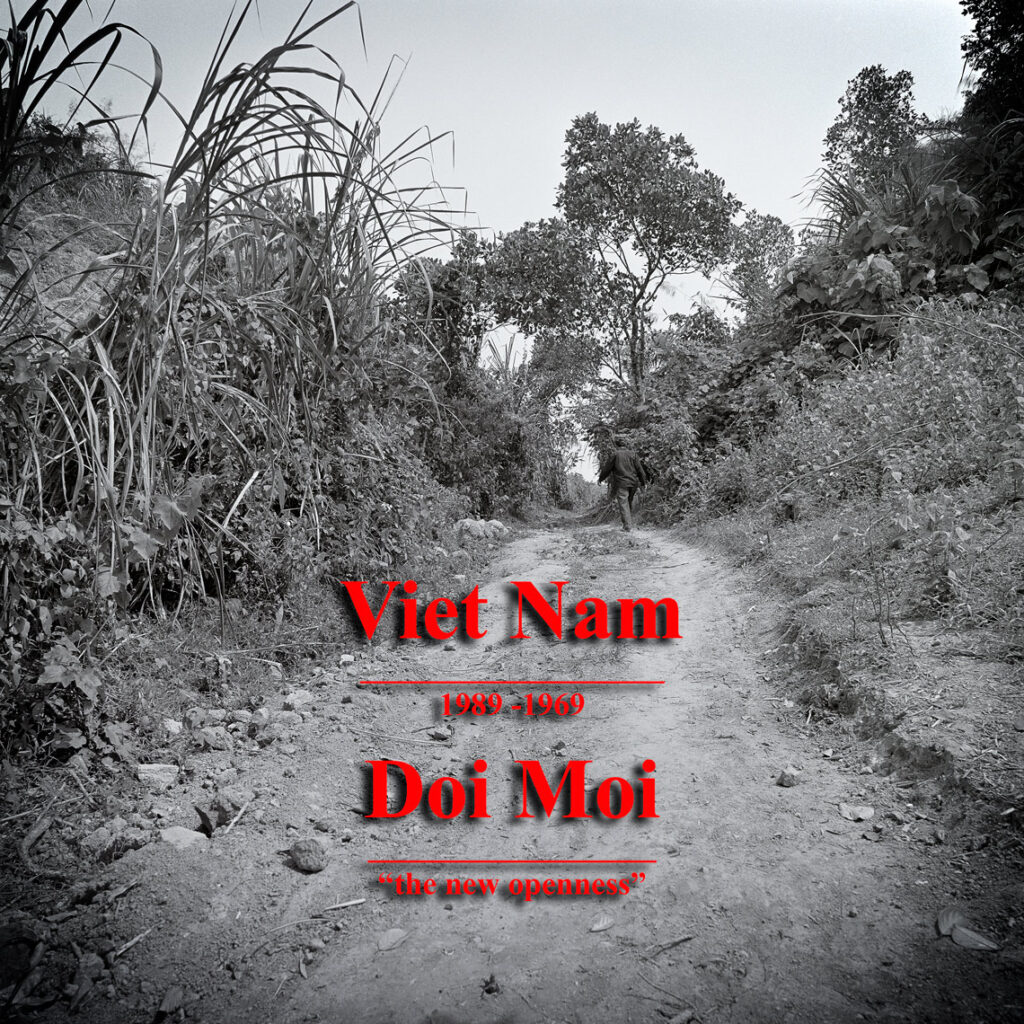A Matter of Conscience: GI Resistance During the Vietnam War
A Matter of Conscience: GI Resistance During the Vietnam War, is a series of 58 portraits and oral histories that bear witness to the difficult choices and moral decisions that faced GIs during one of the most divisive periods of our nation’s history. It tells the little-known stories of the men and women who resisted from within the ranks of the military.
The military demanded blind trust and soldiers were expected to obey, right or wrong. But at the same time, these youths entered the military with a set of values that often did not conform to the duties they were expected to carry out as soldiers. Their courage to listen to their consciences serves as a lesson to future generations, particularly tomorrow’s soldiers who may one day be faced with their own Vietnam.
Memories of the American War: Stories From Vietnam
On April 30, 1975 North Vietnamese Army tanks crashed through the gates of the Presidential Palace in Saigon, officially bringing to an end the twelve-year war against the United States and unifying North and South Viet Nam into one country. The “American War,” as the Vietnamese call it, was sandwiched between the battle for independence against French colonists and border wars with Cambodia and China. The Vietnamese have been fighting wars of independence for centuries. The war with the United States was distinguished by the level of firepower used by American forces and by the fact that it was also a civil war; brother against brother, anti-communist against communist, families divided.
The portraits and interviews presented in this exhibition are among 90 collected during three trips to Viet Nam; in 1993, 1994 and 1996.
Doi Moi: The New Openess
Doi Moi was an economic reform program started by the 6th National Congress of the Communist Party of Viet Nam in December 1986 to stimulate Viet Nam’s failing economy and promote private enterprise. Prior to this time no private businesses existed and private ownership was strictly limited. This era of “new openness,” as it was commonly referred to, enabled me to travel more freely than I would have been able to a few years earlier.
I returned to Viet Nam in 1989, 20 years after my military tour of duty in 1969. I made 6 trips to Viet Nam between 1989 and 1996. I saw the country through the eyes of a combat veteran returning to a place I fought in but knew almost nothing about. Much of my interest in Viet Nam was filtered through guilt and a desire to know a place I did not know or understand twenty years ago.
Viet Nam, as many have said, “is a country not a war” which is very true. About 70% of the population was born after the war. But for myself and many other veterans of the Vietnamese/American War it was the definitive moment in our lives. I couldn’t help but see it any other way.
These are the photographs which helped me see and understand a country I had wronged with my complicity as a combat soldier so many years ago. They also helped me see Viet Nam as a country and not just a war. These trips and the friends I made and the people I worked with helped me find a “new openness.”




